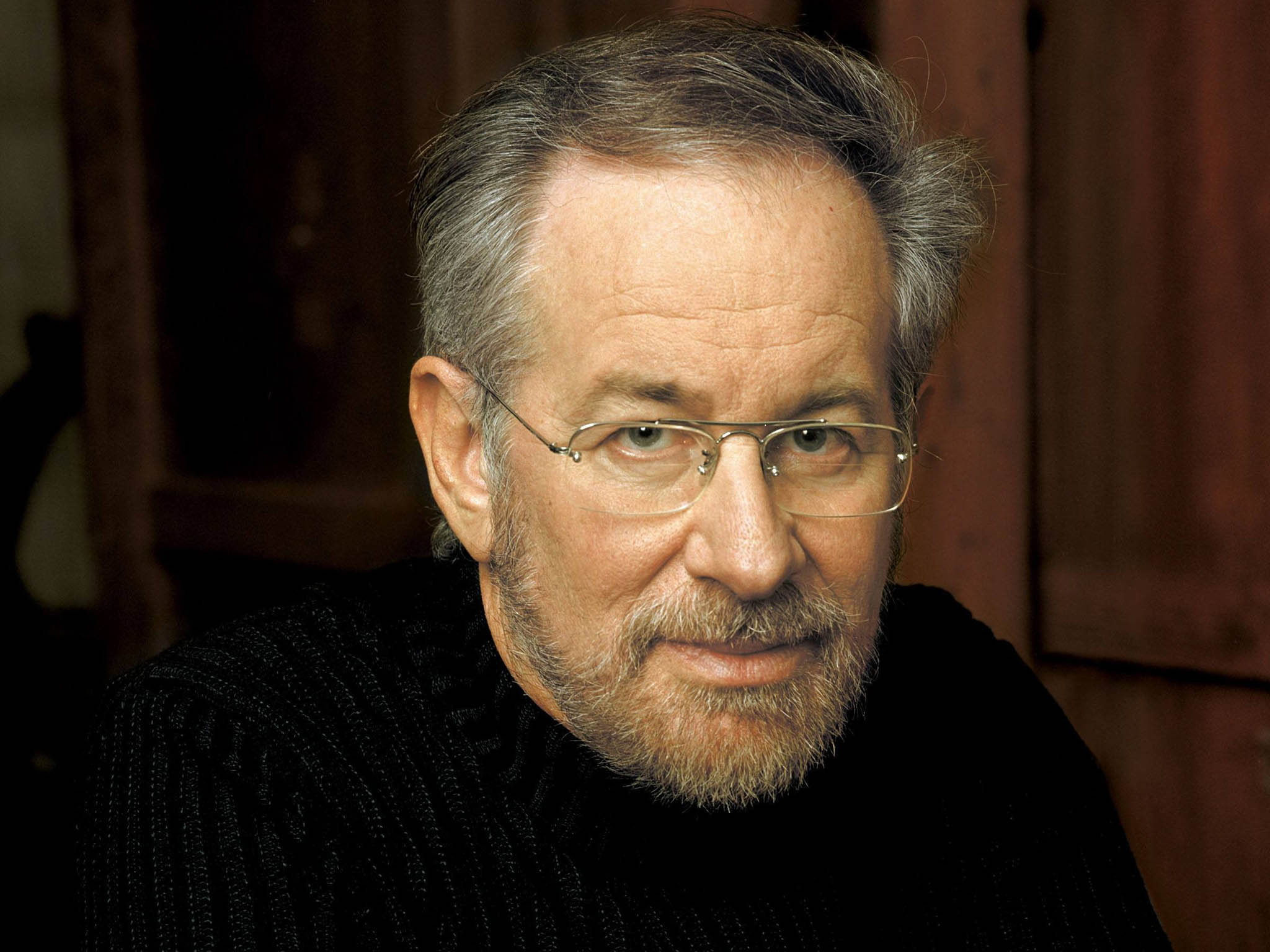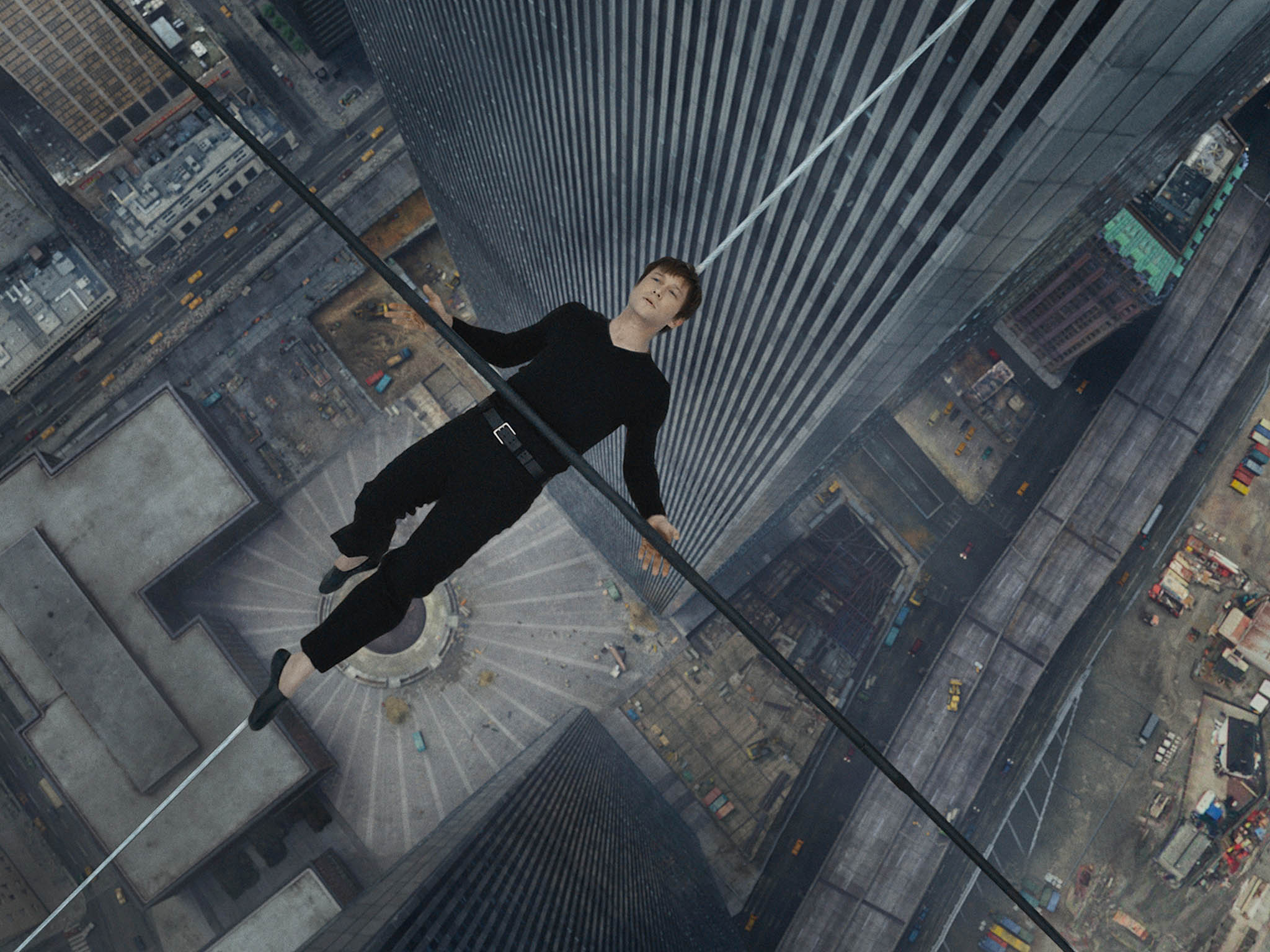We've seen Amy Winehouse documentary 'Amy', now its time for the film directed by Kirsten Sheridan
Why does Hollywood think we want to see the same story twice?

Your support helps us to tell the story
From reproductive rights to climate change to Big Tech, The Independent is on the ground when the story is developing. Whether it's investigating the financials of Elon Musk's pro-Trump PAC or producing our latest documentary, 'The A Word', which shines a light on the American women fighting for reproductive rights, we know how important it is to parse out the facts from the messaging.
At such a critical moment in US history, we need reporters on the ground. Your donation allows us to keep sending journalists to speak to both sides of the story.
The Independent is trusted by Americans across the entire political spectrum. And unlike many other quality news outlets, we choose not to lock Americans out of our reporting and analysis with paywalls. We believe quality journalism should be available to everyone, paid for by those who can afford it.
Your support makes all the difference.“Amy Winehouse Biopic Tempts Noomi Rapace” read the headline in a trade magazine last week. A new film about the troubled singer is being written and will be directed by Irish film-maker Kirsten Sheridan, perhaps with Rapace (the original Lisbeth Salander in The Girl with the Dragon Tattoo) in the leading role and wearing the beehive hairstyle.
It may turn out to be a very good movie but you can’t help but wonder what it can add to Asif Kapadia’s documentary Amy, a big box-office hit in British cinemas earlier this year.
The new Amy Winehouse project is only the latest example of a dramatic feature film following on the heels of a documentary. This autumn saw the release of Robert Zemeckis’ The Walk, which told the story behind French acrobat Philippe Petit’s astonishing high-wire stroll between the Twin Towers of the World Trade Centre in 1974.

The Zemeckis film makes virtuoso use of 3D in its gravity-defying final sequences but this doesn’t change the fact that the same story has already been told better in James Marsh’s 2008 Oscar-winning film, Man on Wire.
“It comes down to whether you can get inside people’s heads,” Kevin Macdonald, who has directed both feature films (The Last King of Scotland) and documentaries (Touching the Void, One Day in September) summed up the attraction of telling real stories in fictional form. “I guess in fiction, you can get inside people’s heads in a different and often a better way than you can in non-fiction.
In documentary, you are usually exterior – you are usually reliant of following people around like a fly, a nuisance, or you’re reliant on interviews or archive. The thing about fiction is that you can have the pretence of being in people’s lives at the most crucial and intimate moments – it’s very rare to be able to be able to get that in documentary.”
Some of the best documentaries work precisely because they give the viewer the sense that they are chronicling the rawest, most personal moments in their subjects’ lives.
Kapadia’s Amy documentary is a perfect example of a non-fiction film that really does allow its audience to get inside its subject’s head. The director’s use of very intimate home-movie footage and archive material takes us closer to Winehouse than any dramatic film can hope to get.
Macdonald’s Oscar winning One Day in September (1999), about the circumstances leading up to the slaughter of the Israeli athletes at the 1972 Olympic Games, was a documentary but one made as if it was a dramatic feature film for the big screen. It used rock music, dramatic editing and a voiceover from Michael Douglas. The film had a sense of scale that you simply wouldn’t find in a talking-head TV documentary.
Steven Spielberg’s Munich (2005) can be seen as the film’s sequel. It starts off where Macdonald’s film left off and even overlaps with it in places as it chronicles the Israeli government’s vengeful response to the massacre at the Munich Olympics. Spielberg, though, was using drama, not documentary, to tell an immensely complex story involving multiple locations and a huge cast of characters.
The film is structured as an epic political thriller. If Spielberg had told the same story in documentary form, his film wouldn’t have had the sweep, the tension or the pathos that he was able to give it as a drama.

Macdonald’s own Last King of Scotland owed a very obvious debt to Barbet Schroeder’s 1974 documentary, General Idi Amin Dada. Schroeder’s own best-known film, Reversal of Fortune (1990), telling the story of Claus von Bülow, the aristocrat accused of murdering his wife, was made as drama but could equally well have been tackled as a documentary.
Nick Broomfield’s films about Aileen Wuornos, Aileen Wuornos: the Selling of a Serial Killer (1993) and Aileen: Life and Death of a Serial Killer (2003) paved the way for Charlize Theron’s Oscar-winning turn in Patty Jenkins’ biopic of Wuornos, Monster (2003). One reason why Theron’s performance seemed so lifelike was that the actress studied Broomfield’s films obsessively.
In 1997, Werner Herzog made a very moving and thoughtful documentary called Little Dieter Wants to Fly about a US pilot held captive by the Vietnamese during the Vietnam war and then remade it an American action movie, Rescue Dawn, in 2006.
More recently, when Armageddon co-writer Shane Salerno made a documentary about reclusive American author JD Salinger, the Weinstein Company announced plans (as yet unfulfilled) to make a dramatic movie on the same subject.
Earlier this year, the trade papers suggested that British film-maker Yann Demange was close to signing on to direct a dramatic version of Precinct 75, a rip-roaring documentary about corrupt Seventies cops in New York that itself seemed heavily influenced by old Sidney Lumet films like Serpico and Prince of the City.

Bart Layton’s The Imposter (2012), which tells the story of a French confidence trickster who somehow passed himself off as a missing Texan child, combined traditional documentary elements with storytelling elements you would normally expect to find in a film noir. At the same time, there have been many recent dramas (for example, Kathryn Bigelow’s Zero Dark Thirty, about the manhunt for Osama bin Laden) that have strong documentary elements.
What is clear from all these examples is that the lines between big-budget dramatic movies and documentaries are being blurred as never before. Each form wants to dress itself in the other’s clothes. Documentary makers aspire to have their work shown on the big screen.
Feature directors want their movies to have the grit and perceived authenticity of the best documentaries.
The bottom line is that even the most popular documentary will be seen by far fewer people in cinemas than will go to see a big mainstream dramatic movie. That is why these studios feel no embarrassment about stealing some ideas from the documentary makers. They know that most of the audience will not even be aware that they are watching a story that has been told before.
The Walk is on general release
Join our commenting forum
Join thought-provoking conversations, follow other Independent readers and see their replies
Comments